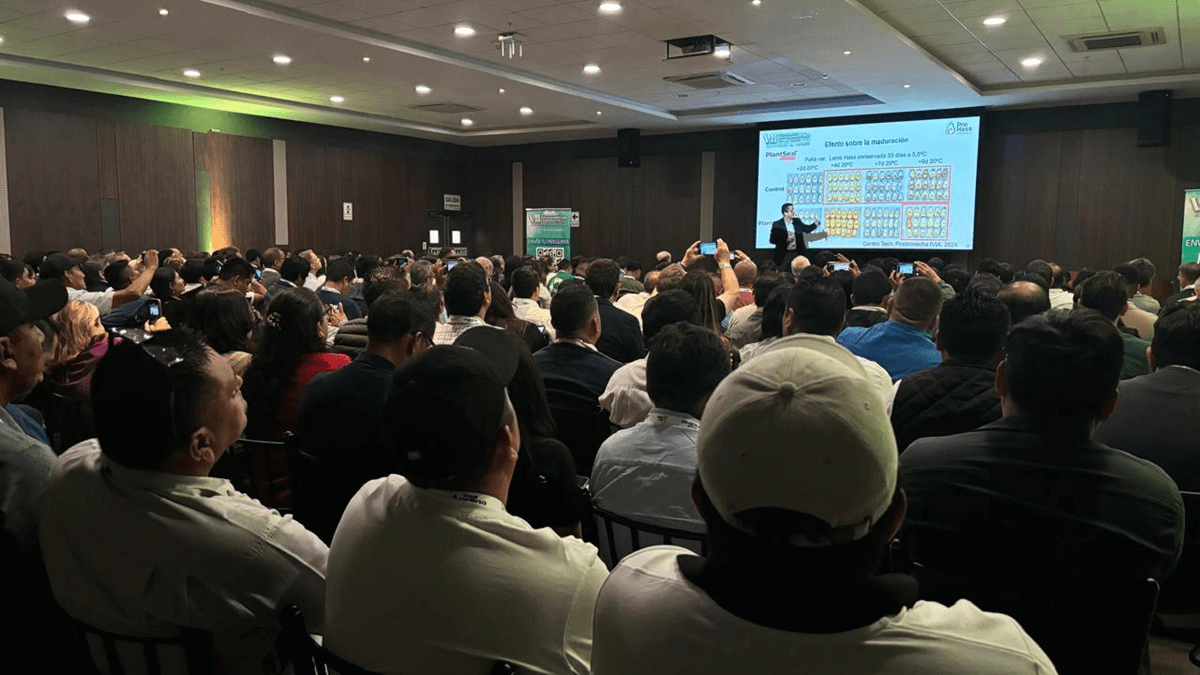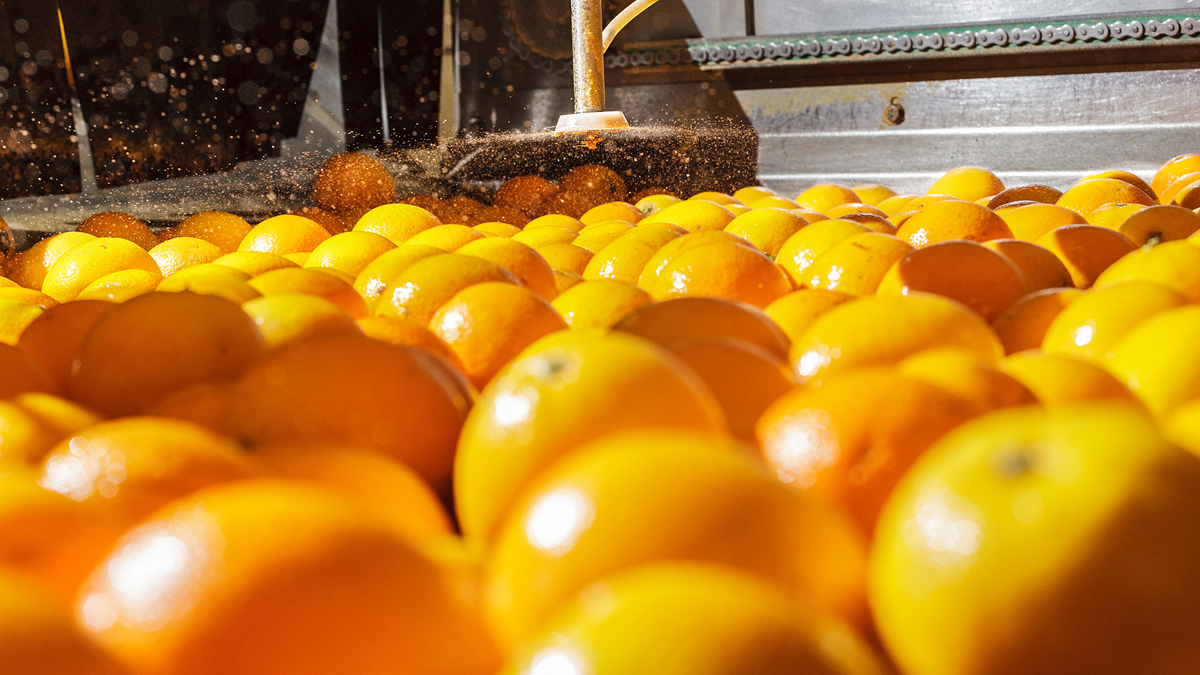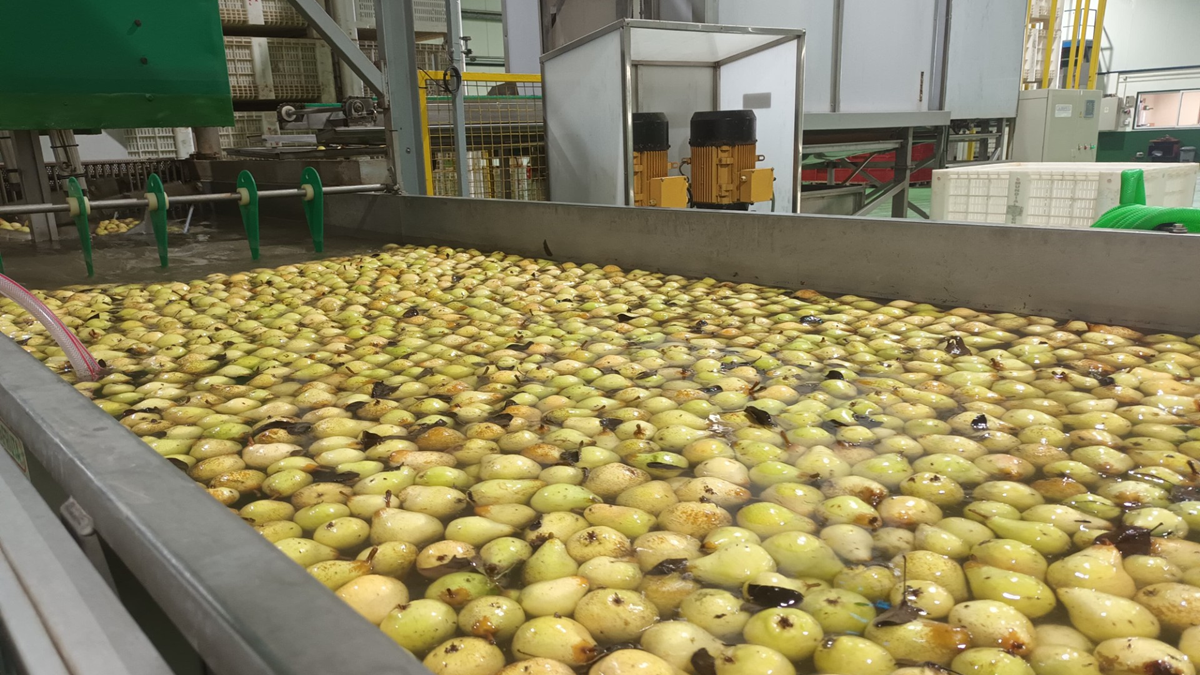Phytosanitaries
A combined fungicide treatment completely avoided decay in lemons
Physiological and pathological disorders of lemons (Citrus limon (L.) Osbeck) are the main causes of quality losses during shelf life leading to high economic losses. This experiment studied the effect of innovative postharvest chemical treatments: - Fortisol Ca (1%; FoCa), - Fortisol CaPlus (1.5%; FoCaPlus), - Philabuster (0.2%; PHI) and - Ortocil (1%; ORT), and their combinations, by immersion (30 s), to control decay, chilling injury and red blotch in lemon fruit. The influence of a preharvest application of Fortisol Ca (1%) over the trees was also studied.
19 September, 2017
Physiological and pathological disorders of lemons (Citrus limon (L.) Osbeck) are the main causes of quality losses during shelf life leading to high economic losses. This experiment studied the effect of innovative postharvest chemical treatments:- Fortisol Ca (1%; FoCa), - Fortisol CaPlus (1.5%; FoCaPlus), - Philabuster (0.2%; PHI) and - Ortocil (1%; ORT), and their combinations, by immersion (30 s), to control decay, chilling injury and red blotch in lemon fruit. The influence of a preharvest application of Fortisol Ca (1%) over the trees was also studied. Lemons washed with tap water were used as control fruit (CTRL). Lemons were stored for 33 d at 7 °C, which simulated a long storage and transportation period, followed by 5 d at 22 °C of retail sale period, simulating then a prolonged shelf life. The PHI + ORT treatment completely avoided pathological disorders after both shelf life periods. FoCa and FoCaPlus reduced chilling injury and red blotch. The incidence of such physiological disorders was even highly reduced when combined FoCa and FoCaPlus with PHI + ORT treatments were used. In particular, the combination of PHI + ORT + FoCaPlus completely avoided the incidence of chilling injury and red blotch. In conclusion, a combined postharvest treatment of PHI + ORT with FoCa/FoCaPlus highly reduced, or even avoided, physiological disorders (chilling injury and red blotch), minimizing mass losses, in lemon fruit during long storage and transportation, and retail sale periods extending its shelf life. SourcesPostharvest treatments to control physiological and pathological disorders in lemon fruitGinés B. Martínez-Hernández (a) (b), Francisco Artés-Hernándeza (b), Perla Gómez (b), Jorge Bretó (c), Benito Orihuel-Iranzo (c), FranciscoArtés (a) (b)aPostharvest and Refrigeration Group, Department of Food Engineering, Universidad Politécnica de Cartagena, Paseo Alfonso XIII, 48, 30203, Cartagena, Murcia, Spain1bInstitute of Plant Biotechnology, Universidad Politécnica de Cartagena, Campus Muralla del Mar, 30202, Cartagena, Murcia, SpaincPRODUCTOS CITROSOL S.A., Partida Alameda Parc. C., 46721, Potríes, Valencia, Spain Food Packaging and Shelf Life, Available online 30 August 2017; in Press












